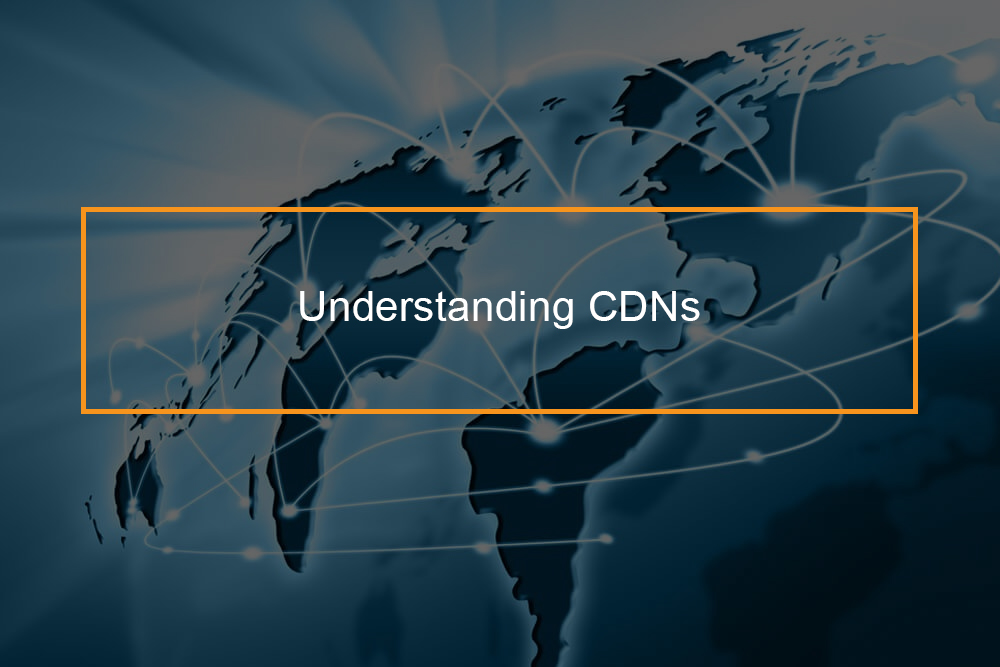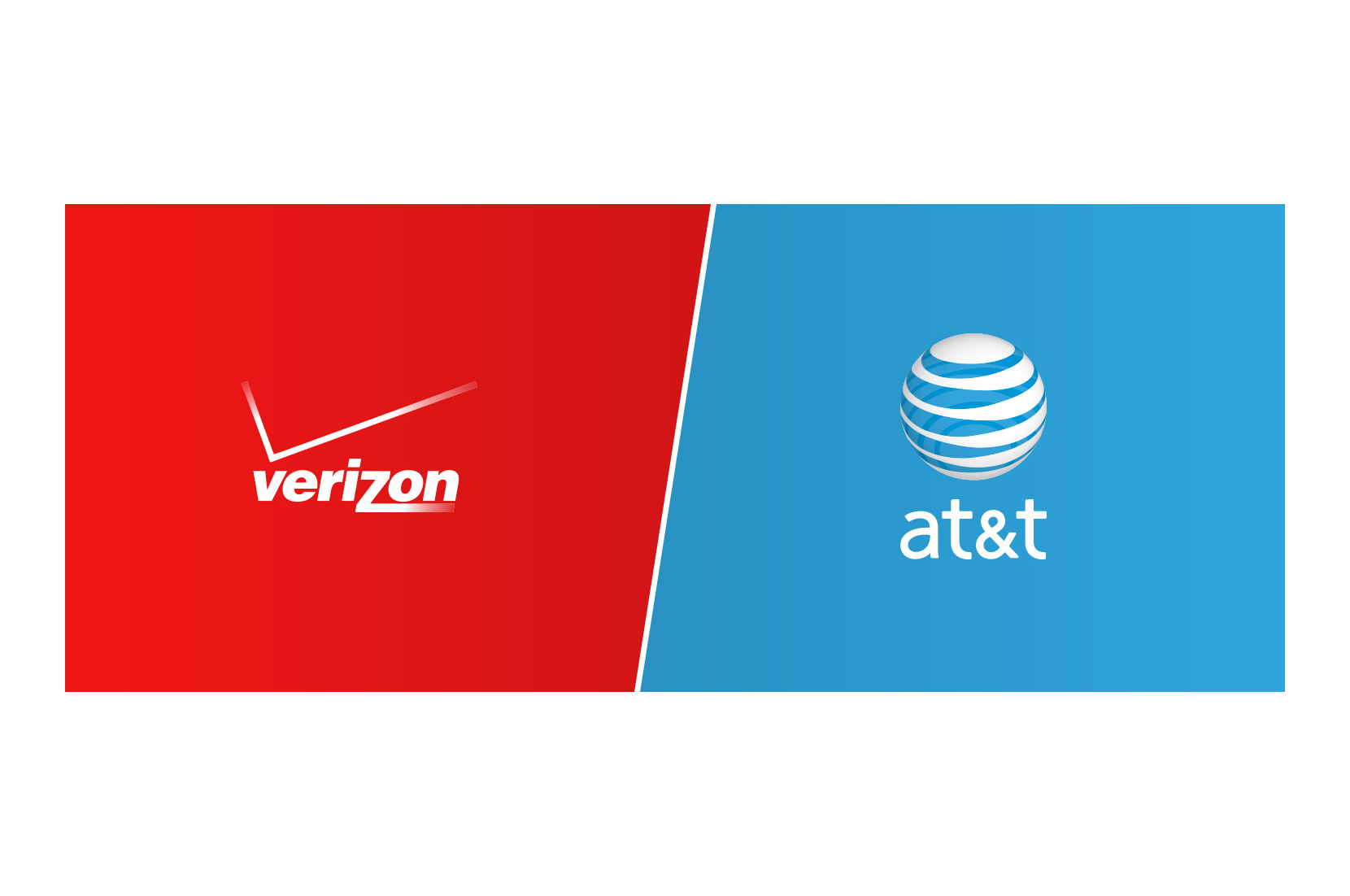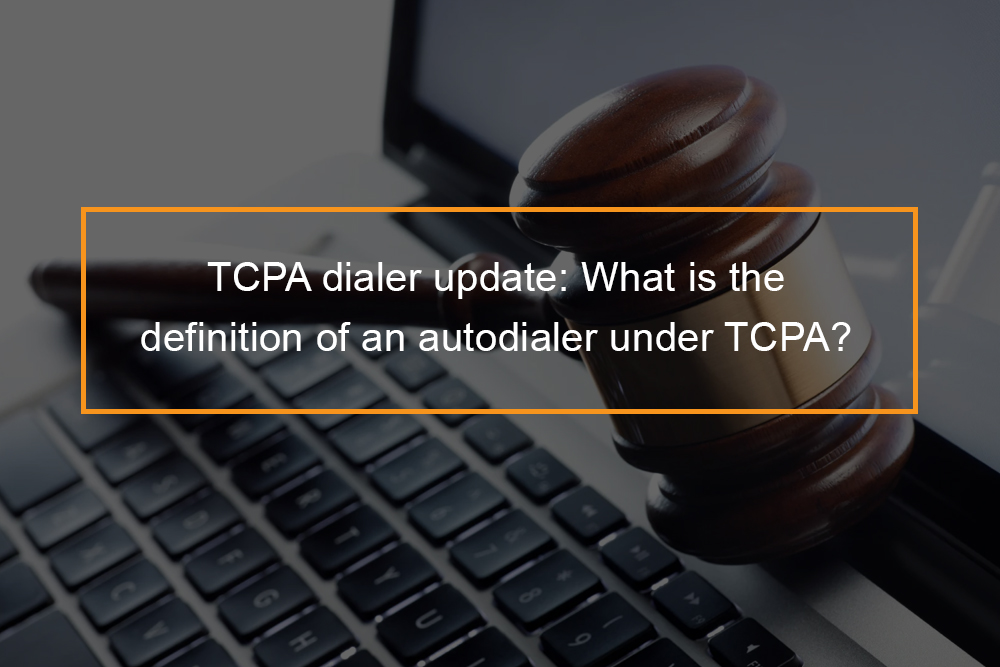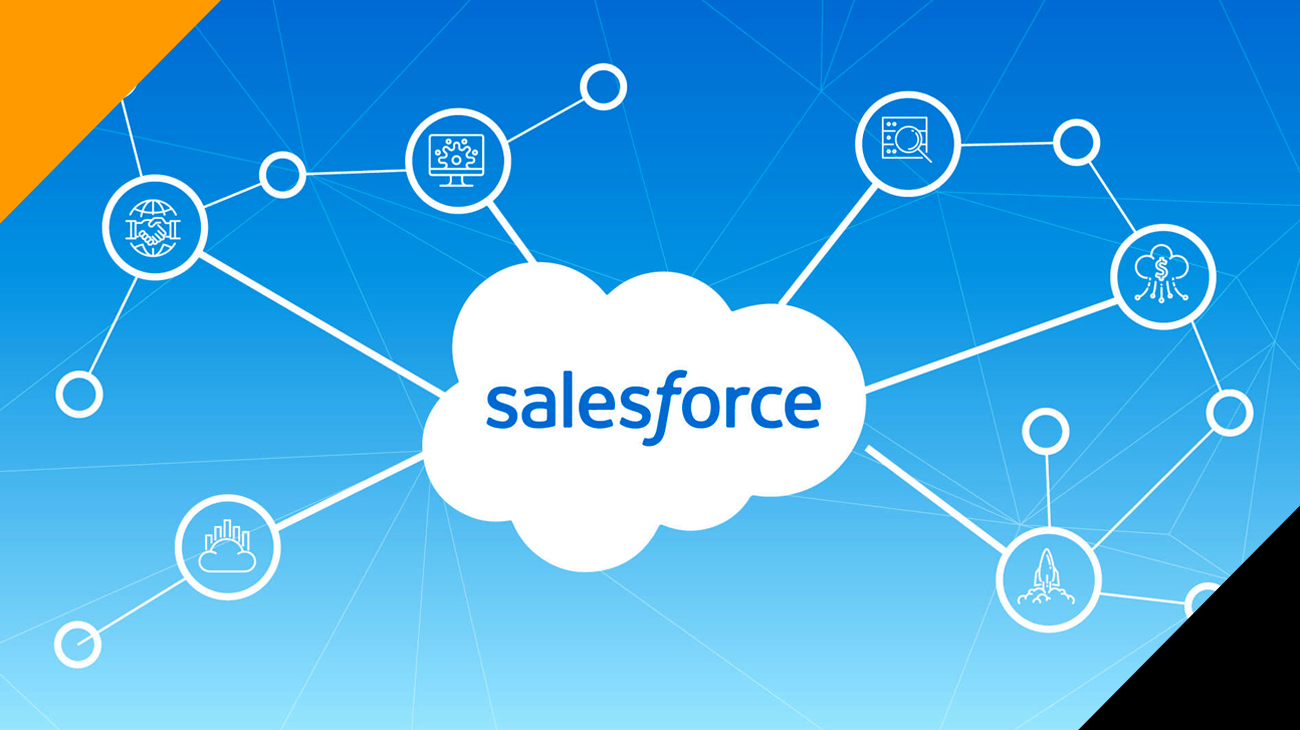
With so many people using the internet nowadays speed is vital. Any company or business that wishes to utilize this customer base requires their potential customers can view their pages faster and with more ease.
What are Content Delivery Networks?
Defining what Content Delivery Networks are
Content delivery networks (CDN) are the backbone of the Internet in charge of content delivery. Whether we understand it or not, each person communicates with CDNs daily; when checking articles on news websites, shopping online, watching YouTube videos or perusing social media feeds. No matter what you do, or the kind of content you take in, possibilities are that you’ll find CDNs behind every text character, every image pixel and every film frame that gets to your PC or mobile web browser.
To understand why they are so widely utilized, you first need to acknowledge the issue they’re created to fix called latency. It is the frustrating delay that occurs from the minute you request to load a website to the moment its content actually appears. This delay period is affected by a number of factors, many designating to provided websites. In all cases, however, the delay time is affected by the physical range between you which website’s hosting server. A CDN’s objective is to essentially shorten that physical range, the objective being to improve site rendering speed and efficiency.
Who uses a CDN?
Pretty much everybody. Today, half of all internet traffic is currently being served by CDNs. Those numbers are rapidly rising every year. The reality is that if any component of your service is online, there are a couple of reasons not to utilize a CDN even when many provide their services free of charge. Even as a free service, they aren’t for everyone. Especially, if you are running a strictly localized site, with the vast majority of your users located in the same area as your hosting, having a CDN yields little benefit. In this circumstance, utilizing a CDN can, in fact, worsen your website’s efficiency by introducing another unnecessary connection point between the visitor and an already close-by server.
Still, the majority of sites tend to run on a global scale, making CDN use a popular choice in the following sectors:
- Advertising
- Media and entertainment
- Online gaming
- E-commerce
- Mobile
- Healthcare
- Higher education
- Government
Are CDNs similar to web hosting?
While a Content Delivery Network does not host content and can’t change the need for good web hosting, it does aid cache content at the interface edge, which enhances website performance. Numerous sites struggle to have their efficiency needs satisfied by conventional hosting services, which is why they opt for CDNs. By utilizing caching to minimize hosting bandwidth, it helps to prevent interruptions in service, and improve security, CDNs are a popular choice to alleviate some of the significant pain points that feature conventional web hosting.
What are the advantages of using a CDN?
Although the advantages of utilizing a CDN differ depending on the size and requirements of an Internet address, the primary benefits for a lot of users can be broken down into four different parts:
- Improving site load times – By distributing content closer to website guests by using a close-by CDN server (among other optimizations), users experience faster page loading times. As users are more inclined to leave the slow-loading website, a CDN can decrease bounce rates and improve the time that people spend on the site. In other words, a much faster website suggests more visitors will view it and stick around longer.
- Minimizing bandwidth expenses – Bandwidth consumption costs for site hosting is a primary cost for websites. Through caching and other optimizations, CDNs have the ability to decrease the amount of information an origin server needs to supply, thus reducing hosting expenses for site owners.
- Increasing content availability and redundancy – Large amounts of traffic or hardware failures can interrupt normal site function. Thanks to their distributed nature, a CDN can deal with more traffic and stand up to hardware failure better than lots of origin servers.
- Improving website security – A CDN may improve security by providing DDoS mitigation, enhancements to security certificates, and other optimizations.
How a CDN Works?
Getting to know what CDNs do
To minimize the range between the visitors and your website’s server, a CDN stores a cached version of its content in multiple geographical places (a.k.a., points of existence, or PoPs). Each PoP consists of a variety of caching servers responsible for content delivery to visitors within its proximity. In essence, CDN puts your content in lots of locations at the same time, supplying superior protection to your users. For example, when somebody in London accesses a US-hosted site, it is done through a regional UK PoP. This is faster than having the visitor’s requests, and your responses, take a trip the complete width of the Atlantic and back. This is how a CDN works in a nutshell.
Latency – How does a CDN enhance website load times?
When it concerns websites loading content, users leave quickly if a website slows down. CDN services can assist to lower load times in the following methods: The worldwide distributed nature of a CDN implies there is a shorter distance between users and site resources. Rather than having to link to anywhere a site’s origin server may be, a CDN lets users link to a geographically closer data center. Less travel time implies quicker service. Hardware and software optimizations such as efficient load balancing and solid-state disk drives can assist information reach the user much faster. CDNs can lower the amount of data that’s moved by reducing file sizes utilizing tactics such as minification and file compression. Smaller file sizes imply quicker load times. CDNs can also speed up websites which use TLS/SSL certificates by enhancing connection reuse and enabling TLS incorrect start.
Reliability and Redundancy – How does a CDN keep a site constantly online?
Uptime is an important component for anyone with an Internet business. Hardware failures and spikes in traffic, as a result of either destructive attacks or just an increase in appeal, have the potential to bring down a web server and avoid users from accessing a website or service. A well-rounded CDN has a number of functions that will lessen downtime: Load balancing disperses network traffic uniformly throughout several servers, making it much easier to scale rapid boosts in traffic. Smart failover provides uninterrupted service even if several of the CDN servers go offline due to hardware breakdown; the failover can reroute the traffic to the other operational servers. On the occasion that a whole information center is having technical issues, Anycast routing transfers the traffic to another readily available information center, making sure that no users lose access to the website.
Data Security – How does a CDN safeguard data?
Information security is an essential part of a CDN. A CDN can keep a website secured with fresh TLS/SSL certificates which will ensure a high requirement of authentication, file encryption, and stability. Investigate the security issues surrounding CDNs, and explore what can be done to deliver content firmly.
Bandwidth Expense – How does a CDN decrease bandwidth expenses?
Whenever an origin server responds to a request, bandwidth is taken in. See how a CDN cuts down on origin demands.
How does a CDN improve load times?
Everyone on the Internet has experienced the advantages of a Content Distribution Network (CDN). The majority of technology business consisting of companies like Google, Apple and Microsoft use CDNs to decrease latency in packing web page content. A CDN will generally place servers at the exchange points between different networks. These internet exchange points (IXPs) are the primary areas where various web providers link to each other in order to supply each other access to resources on their various networks. In addition to IXPs, a CDN will position servers in data centers in locations around the world in high traffic locations and tactical locations to be able to move traffic as quickly as possible.
The main advantage of a CDN is its ability to provide content quickly and effectively. CDN efficiency optimizations can be broken into three classifications:
- Range reduction:- decrease the physical range in between a customer and the asked for data
- Hardware/software optimizations:- enhance the performance of server-side facilities, such as by using solid-state disk drives and effective load balancing
- Lowered data transfer:- use methods to reduce file sizes so that preliminary page loads happen rapidly
Content Delivery Networks Improve Search Engine Rankings
Search engines now penalize websites that load too slowly, and broadband penetration has created unmatched traffic congestion. Quick connection times do little for users if the content loads slowly. Client attention spans are short because individuals spend a lot of money on their internet connections and equipment expecting the fast loading pages and high-quality videos and live-streaming events. CDN innovation offers redundancy for sound support during partial Internet failures. Duplication of content protects against loss of information and image destruction.
Benefits of CDNs
Company owners deal with increasing storage requirements for all kinds of content, but they must deliver these content quickly. CDNs facilitate faster page loads and have other essential benefits like the following advantages:
Eliminate Pauses and Accommodate Heavy Traffic
Video streaming frequently buffer due to lags in transmission times; however, CDNs help to provide better user encounters when downloading video and audio content.
Decrease Packet Loss
Users get improved streaming quality.
Faster Loading
Web speeds improve, but individuals anticipate nearly instantaneous page loads. Faster load times increase sales according to numerous research studies and a large body of anecdotal proof.
Submit Mirroring
Submit matching protects information if natural catastrophes strike certain locations of the Internet. Hurricanes and earthquakes could cause considerable disturbances to services in key geographical areas.
Optimize Live Delivery
The success of YouTube and social networks sharing has actually made video extremely popular, and most companies ought to consider adding video elements to their content.
Live events help to create increased traffic
Small companies and schools can broadcast live events to enhance SEO efforts. Anyone can transmit live screenings of material as part of a marketing strategy.
Enable Linear Networks
Companies can broadcast in the same method that major networks do, developing their own program schedules for 24-hour CDN shipments all over the world.
Support Video as needed
Organizations can boost their online presence with video libraries, how-to videos, training programs, and other marketing tools.
Scalability
New innovations and advanced mobile applications place more demand on servers; however, large CDNs can deal with new material as companies broaden their online presences.
Downsides of CDNs
Downsides consist of additional costs, but large companies often save cash by delivering their content on shorter routes. Some drawbacks consist of the following trouble areas:
New Points of possible network failure
CDNs create brand-new points of potential failures along the delivery chains.
Sharing Resources
Delivery networks have numerous customers, and response times might vary due to the volume of website traffic of other CDN consumers.
Geographical Choice Considerations
Site owners need to research their customers and choose the CDNs that provide the most hassle-free server locations near their business hotspots. If a site gets most of its clients from North America, then server places in Europe and Asia would be pointless.
Content Management Problems
Companies may require to consider using content management systems to manage and upgrade content throughout the networks. Some consumers may require unique widgets, content players or specific applications. Customer interactions could have different requirements in specific areas.
The absence of direct control over the content
Changes to content need to be made through CDN companies instead of directly, which could present issues for editors and developers.
Choosing a Content Delivery Network
Websites owners deal with questions about which type of network to select. Consumers can pick from Internet-based or private networks, and some networks incorporate online video platforms, making it possible for features that improve video circulation. Other factors users need to study include the following: Hd video has ended up being significantly popular, but not all networks support it. Transcoding modifications code is needed to make videos compatible on certain players like Silverlight, Flash, Quicktime, and iDevice. Customers are required to choose suitable players for their content. Mobile delivery has actually become extremely important to customers, so website owners need to know if their network supports mobile use. Licensed or secured material, such as Pay-Per-View, needs Digital Rights Management. Analytics capabilities of content delivery networks end up being essential in real-time for many applications, so owners need to evaluate prospective networks for their analytic and reporting abilities.
13 CDNs to speed up your website
A list of CDNs
1. MaxCDN
It is a global network with SSD-loaded servers enhanced for speed and the ability to produce custom guidelines so you can identify how your content delivery network will run. The servers are located worldwide, reaching over 90 nations, with a high peer capacity to deal with any load. You can lock down your content with safe token choices, and utilize the REST API to incorporate users, zones and other resources into your applications. There are plugins readily available for all significant systems and platforms, including WordPress, Drupal, Magento and lots more. Using the control board, you have total control over your domain in real-time, with integrated SSL for security. The smart best-path routing continuously gets used to sustain website speed and performance.
2. Amazon CloudFront
It is a CDN that integrates with other Amazon web services to supply an easy way to share content to end users with low latency, high data transfer speeds, and no dedications. You can utilize your own domain name and your own SSL certificate to deliver content over HTTPS, along with tracking trends in information transfers and requests. With geo limitation, you can restrict content delivery to any nation. CloudFront features custom-made mistake responses, vibrant content assistance, live media streaming and a management console that lets you handle your CloudFront without writing any code. You can view the gain access to logs to learn how, when, where and to whom your content is being delivered.
3. CloudFlare
CloudFlare safeguards and accelerates your website, and when it’s part of the CloudFlare community, your web traffic is routed through its global network. CloudFlare instantly enhances the delivery of your websites to accomplish the fastest load times and best efficiency possible. Dangers, abusive bots, and crawlers are blocked from squandering your bandwidth and server resources. It’s easy to establish, and only requires a change to your DNS settings, without any hardware or software to install or preserve. CloudFlare provides analytics to provide insight into all of your website’s traffic including dangers and search engine spiders. The suite of apps indicates you can extend the capabilities of CloudFlare on your site.
4. Incapsula
Incapsula is an application-aware CDN that boosts site efficiency by utilizing advanced networking, dynamic caching and content optimization methods. It protects your website versus DDoS attacks, and provides load balancing and failover straight from the cloud, with real-time health and tracking alerts. It routes all traffic to your site or web applications and profiles it to obstruct hazards. Outgoing traffic is then accelerated and enhanced, supplying typically 50% faster performance and consuming 60% less bandwidth. Incapsula just takes a few minutes to establish and activate on your site, without any hardware or software to put in, and you can keep your existing hosting provider. It can also be shut off and on as required.
5. Edgecast
Edgecast is a distributed international network of servers built for speed, security, and scalability. It manages traffic spikes, protects websites and helps accelerate the efficiency of web apps. You can accept both dynamic and static content from an optimum CDN place, to deliver the fastest possible speed. The analytics suite offers you constant updates on server efficiency, user demographics and bandwidth utilization. The network was built to provide rich media quickly with live, on-demand streaming capabilities in Flash, Silverlight or HTTP.
6. Cachefly
CacheFly CDN provides the fixed items on your site (audio, video, files, CSS) up to 10 times much faster, with over 30 points of presence strategically spread worldwide near the Internet’s major peering points. These places enable content suppliers to position their content closer to their audience or end users, leading to faster, more effective and trusted delivery of rich media content. The on-demand bandwidth avoids performance deterioration or timeouts throughout traffic spikes. The robust platform offers full access to your files, with a basic user interface for customizing files without utilizing complicated API’s. Token-based authentication requires users to validate their identity, ensuring your site is safely protected.
7. Swarmify
Swarmify minimizes a website’s bandwidth, loads properties effectively and can be utilized with any CDN or hosting solution. It supplies limitless points of presence and hyper-local connectivity. The distinct Hive Cache implies the first user that shows up on a site and finds property replacement will right away signal the rest of the swarm to terminate the previous file, making cache expiration take place instantaneously. Predictive loading identifies which images are most popular on your site and pre-loads them for your end users in the background. Security is important, which is why all interaction between peers is secured. It is hosted on the Amazon EC2 platform for ideal uptime and load speed.
8. Google App Engine
Google App Engine lets you develop and run applications on Google’s infrastructure, which is simple to maintain and scale as per your traffic and data storage needs. There are no servers to manage as you publish your application and begin. Google App Engine includes automated scaling and load balancing, with relentless storage, sorting and deals and asynchronous job queues for carrying out work outside the scope of a demand. Your applications run in a safe environment and run dependably even with big amounts of information. Functions consist of asynchronous task queues, automatic scaling, consistent storage, set up jobs and integration with other Google cloud services and APIs.
9. jsDelivr
jsDelivr is a free, open-source CDN where anybody can submit a task to host and provide their files, consisting of CSS, typefaces, JavaScript, jQuery and more. jsDelivr is distinct because it integrates the power of both MaxCDN and CloudFlare, who sponsor jsDelivr. All traffic loads are well balanced based on availability and performance for each user through Cedexis. The system gives the best uptime and considering that jsDelivr utilizes 2 CDN providers, if any of them decreases, all traffic is instantly changed to the operational CDN. All files are stored on a push zone on NetDNA servers, and you can only access them by utilizing whitelisted IP addresses. There are over 42 POP places worldwide with DDOS protection, failover systems, unrestricted traffic and HTTPS gain access to.
10. Akamai
Akamai exceeds conventional CDN services to deliver improved site efficiency, with an on-demand global capacity to satisfy peak traffic. It boasts the most prevalent, highly-distributed cloud optimization platform with over 150,00 servers in 92 nations within over 1,200 networks. With Akamai, you can minimize the expense of pricey application and database facilities by unloading more processing to the cloud. You can protect online deals through SSL-content security. It provides in between 15 to 30% of all web traffic, more than two trillion interactions every day, and is trusted by companies such as Adobe, NBC, and Nintendo. The Akamai intelligent platform screens web conditions to identify, soak up and obstruct security hazards, offer instantaneous detection and optimization and offer technical insights.









